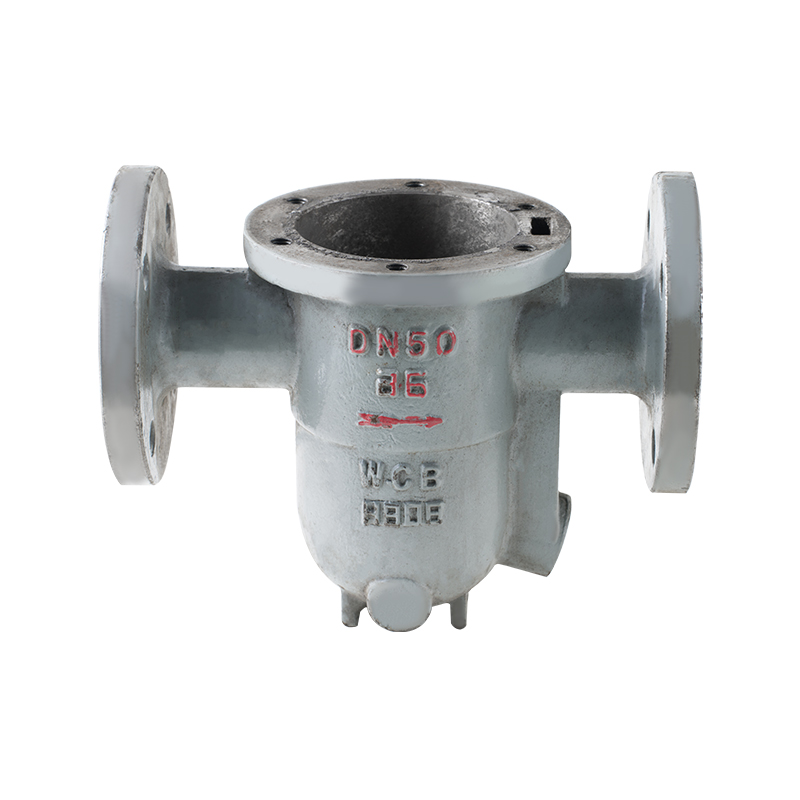A Practical Guide to Selecting Valve Fittings Castings
Industry News-From the water in your home to the oil and gas in pipelines, these components are critical for safety, efficiency, and functionality. At the heart of many durable valve fittings lies the casting process, which allows for the creation of complex, robust shapes in a single piece.
Choosing the right casting for a valve fitting is not a one-size-fits-all decision. It requires a careful balance of material properties, application demands, and environmental factors. This guide will walk you through the key considerations, focusing on material usage and its direct impact on performance.

The Foundation: Understanding the Valve Fittings Casting Process
Casting is a manufacturing process where a liquid material is poured into a mold and allowed to solidify. The resulting casting, in this case a valve body, bonnet, or other fitting, is then machined to achieve precise final dimensions. This method is ideal for valve fittings because it can produce intricate internal passageways and strong, pressure-resistant shapes that would be difficult or expensive to make through other means like forging or machining from a solid block.
How to Choose: Key Selection Criteria
Selecting the appropriate valve fitting casting involves evaluating three interconnected areas: the operating environment, the material, and the required performance standards.
1. Assess the Operating Environment
This is the most critical step. The conditions the valve will face dictate everything else.
Media Type: What fluid or gas will the valve control? Is it water, oil, natural gas, a chemical, steam, or a slurry? Each has different properties.
Corrosiveness: Is the media corrosive? Acids, caustics, and saltwater require highly resistant materials.
Temperature and Pressure: What are the maximum and minimum operating temperatures and pressures? Materials weaken at high temperatures and become brittle at low ones.
External Environment: Will the valve be installed indoors, outdoors, underground, or in a marine setting? Exposure to salt spray, moisture, and UV radiation can degrade certain materials.
2. Select the Material Based on the Environment
The material choice is the direct response to the environmental assessment. Each family of materials offers distinct advantages.
Carbon Steel (e.g., A216 WCB)
Usage: Carbon steel is the workhorse of industrial valve castings. Its primary alloying elements are carbon and manganese, providing a great balance of strength and affordability.
Applications: Ideal for general service applications involving non-corrosive media like water, oil, and steam. Commonly used in power generation, oil and gas pipelines, and general plant utilities where temperatures and pressures are high but corrosion is not a primary concern. It is not suitable for corrosive chemicals.
Stainless Steel (e.g., CF8M/316 stainless)
Usage: Stainless steel castings are alloyed with a minimum of 10.5% chromium, which forms a passive, protective oxide layer that makes the material "stainless." Grade 316 includes molybdenum for enhanced resistance to chlorides.
Applications: The go-to choice for corrosive services. Used extensively in:
- Chemical and Petrochemical Processing: Handling acids, solvents, and other aggressive chemicals.
- Food and Beverage Production: Where hygiene and cleanability are paramount.
- Pharmaceutical Manufacturing: Requires high purity and resistance to cleaning agents.
- Marine Applications: Resists pitting from saltwater.
Duplex and Super Duplex Stainless Steel
Usage: These alloys have a mixed microstructure that provides nearly double the yield strength of standard stainless steels and superior resistance to stress corrosion cracking.
Applications: Used in highly demanding offshore oil and gas applications, chemical processing with chloride presence, and seawater systems where both extreme strength and corrosion resistance are mandatory.
Alloy Steel (e.g., WC6/WC9)
Usage: These are carbon steels with additions of chromium and molybdenum, enhancing their strength and resistance to oxidation and creep (deformation under long-term stress).
Applications: Primarily used in high-temperature power plant applications for steam valves, boiler feeds, and turbine systems where temperatures can exceed 500°C (930°F).
Bronze (e.g., C84400)
Usage: A copper-based alloy, typically with tin as the primary additive. It offers excellent corrosion resistance, especially to seawater, and good machinability.
Applications: Common in marine environments for shipboard systems, as well as in water distribution, plumbing, and HVAC systems for lower-pressure applications.
3. Verify Compliance and Standards
Finally, ensure the casting complies with relevant industry standards. Key specifications to look for include:
Material Specifications: ASTM standards (e.g., A216 for carbon steel, A351 for stainless steel) define the chemical and mechanical properties of the casting.
Pressure-Temperature Ratings: Standards like ASME B16.34 define the safe pressure limits for valve bodies at various temperatures.
Quality and Testing: Certifications like NACE MR0175 for sour service (oil and gas with hydrogen sulfide) or third-party inspection reports ensure the casting meets stringent quality and safety requirements.
 En
En
 русский
русский Español
Español عربى
عربى Deutsch
Deutsch















